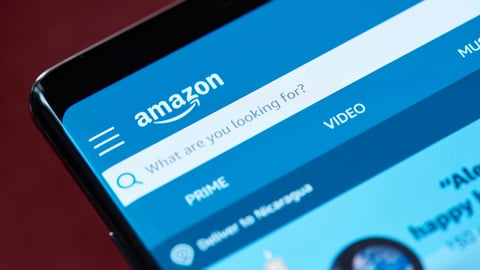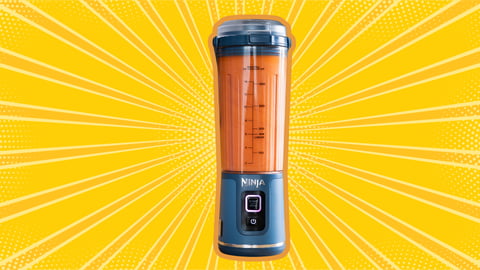General Mills Welcomes 2M Good Rewards Members; Details Supply Chain Investments
General Mills wooed 2 million customers to its Good Rewards loyalty program within the first six months and is expected to play a key role in the company’s larger connected commerce strategy.
Developed in partnership with Fetch, Good Rewards is General Mills’ first consumer loyalty program that provides benefits across its entire portfolio, and it takes in 60 million lines of first-party data per day, according to Jeff Harmening, General Mills CEO, at the Consumer Analyst Group of New York (CAGNY) investors conference last week.
Good Rewards joins the company’s other digital platforms — including Box Top for Education, Buddies by Blue Buffalo mobile app, and Pillsbury and BettyCrocker.com recipe sites — to combine for 14 million monthly active users.
All of these platforms seek to build up the No. 28 publicly owned consumer goods company’s first-party data capabilities to forge direct and personalized relationships with consumers — a chief priority for most CPGs. Jon Nudi, group president of North America retail, noted in a December earnings call that General Mills has invested in modernizing its internal digital capabilities to better understand the digital shelf, and the company shared in January that it’s exploring home IoT through an internship with Smarter, a startup manufacturer of voice-enabled cameras.
“While we're still in the early innings in this space, we're encouraged by the opportunities that we see for connected commerce to drive stronger engagement with our consumers and stronger growth for our brands,” said Harmening regarding Good Rewards.
Supply Chain Digitization
General Mills leaders also detailed the investments they’re making in digitizing the supply chain to reduce both costs and their carbon footprint — more top priorities for many CPGs. For General Mills, this is taking shape in three ways, according to Harmening:
1. They’re using enhanced data to develop models in sourcing to drive productivity savings in ingredient and packaging materials.
2. They’re testing and expanding the use of real-time analytics to eliminate waste in manufacturing lines, with initial tests recording a 30% reduction.
3. They’re digitizing the flow of shipments from their suppliers to their customers' networks to better identify challenges, reduce waste, and optimize inventory.
- A Closer Look at General Mills
General Mills developed its first augmented reality game in partnership with the company that created Pokemon Go. Learn more.
Learn how General Mills defines personalization, as explained to CGT by Cheriti Swigart, director, digital and technology solutions. Watch now.





